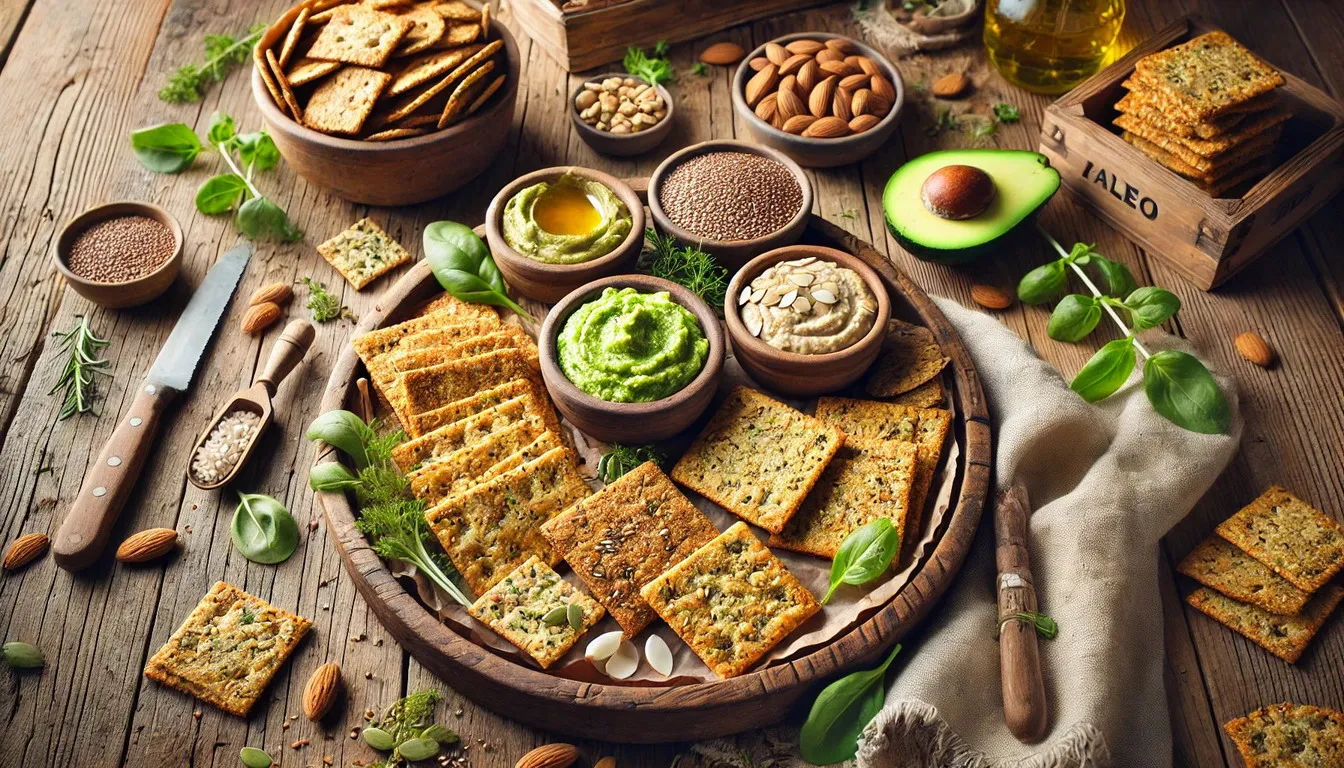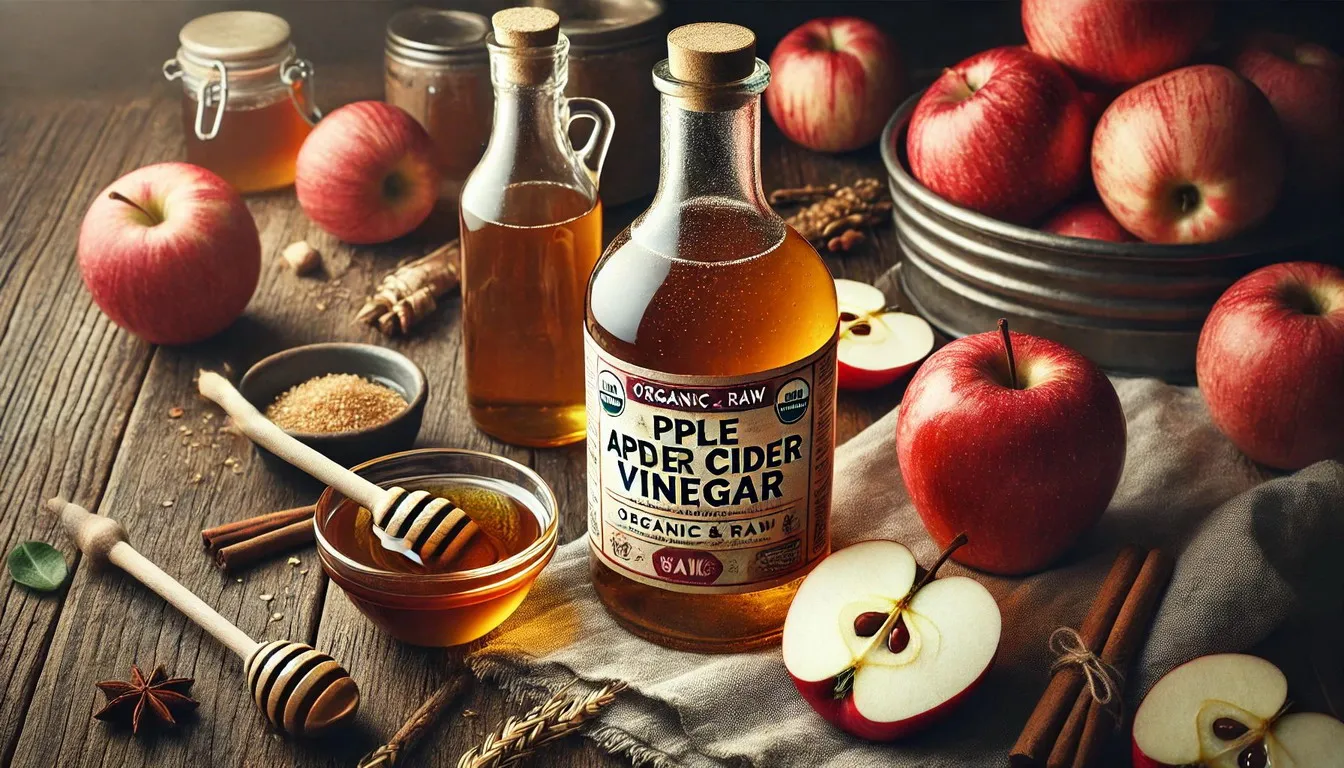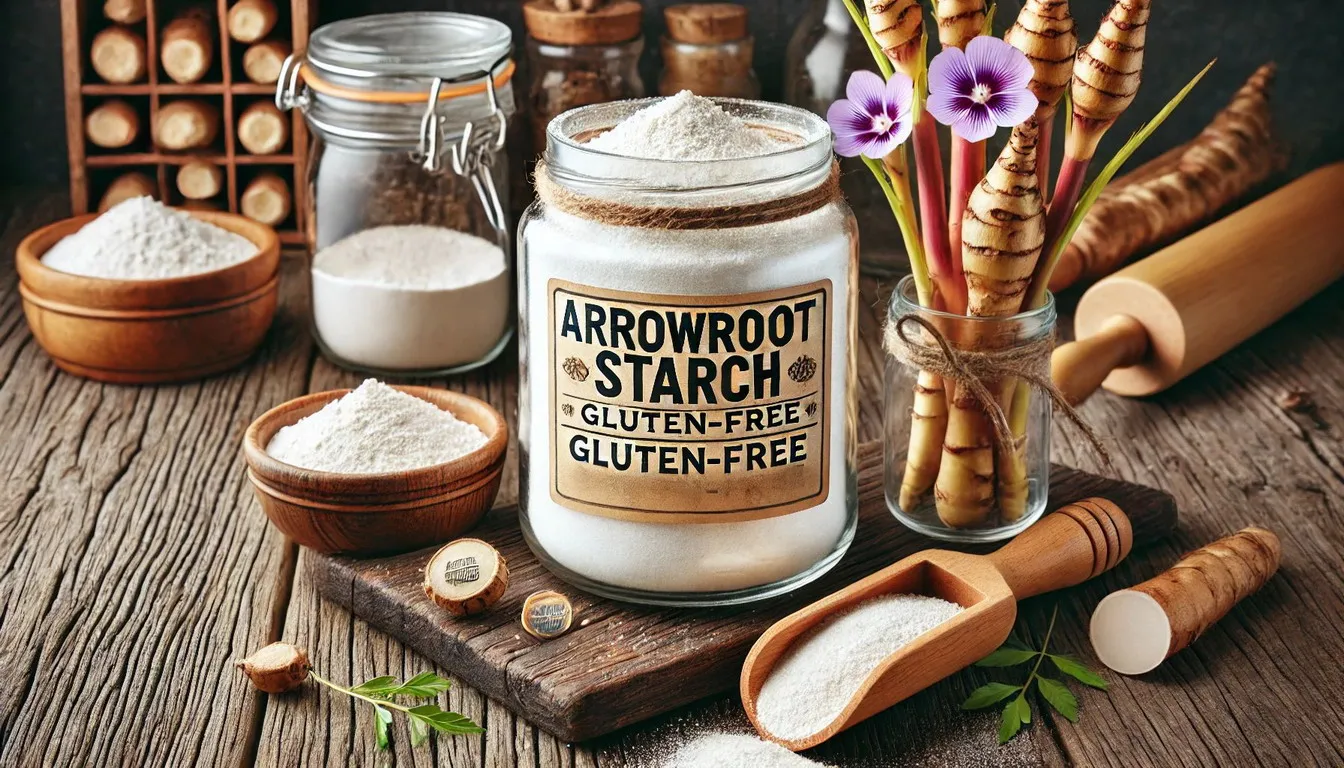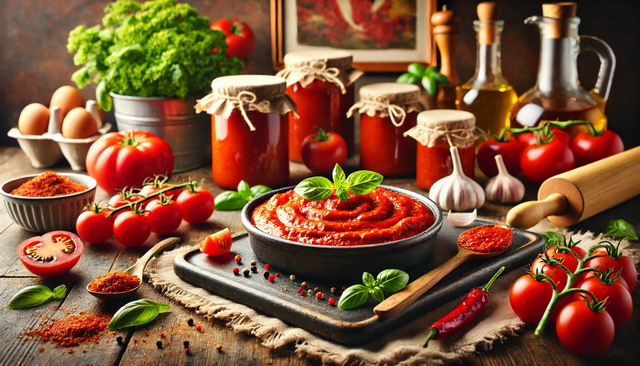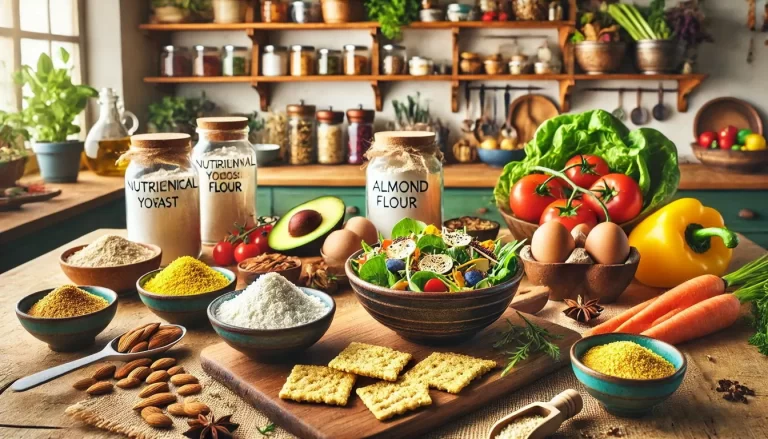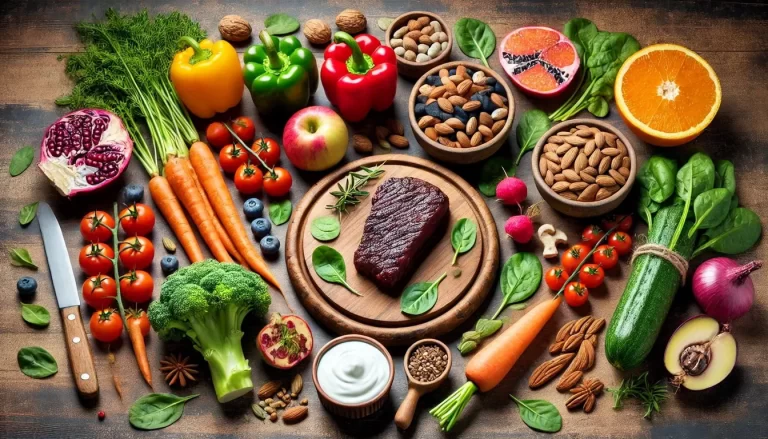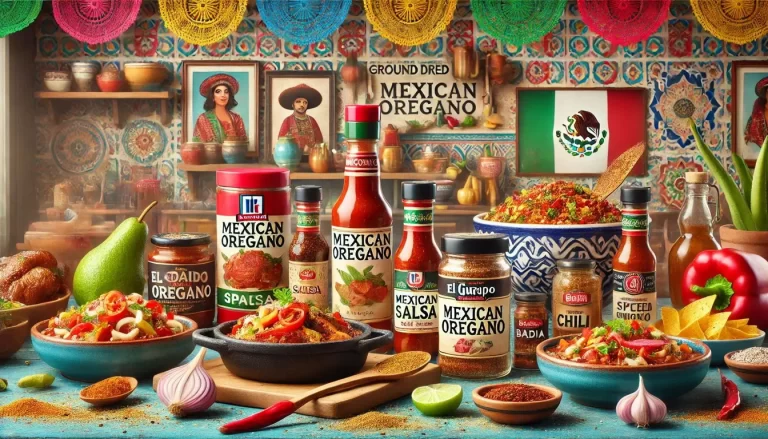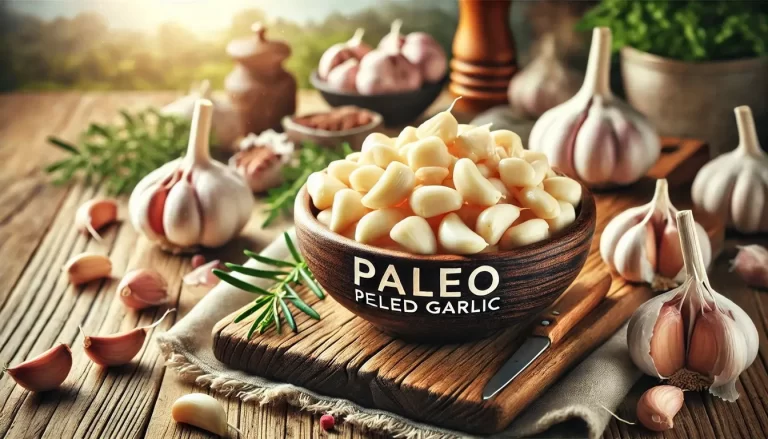Dill pickle relish is a tangy, zesty condiment made from pickled cucumbers, vinegar, and a blend of spices. Its unique flavor can enhance a wide variety of dishes, from hot dogs and hamburgers to potato salads and deviled eggs. Beyond its culinary uses, dill pickle relish also offers numerous health benefits, making it a popular choice for those following specialized diets like keto, low carb, and paleo. In this article, we’ll explore the different aspects of dill pickle relish, including its suitability for various diets, recipes, and availability in Canada.
What is Dill Pickle Relish?
Dill pickle relish is a finely chopped mixture of pickled cucumbers, dill weed, garlic, and other spices. The ingredients are soaked in a vinegar solution, which gives the relish its distinctive tangy flavor. Traditional dill pickle relish typically includes sugar, but modern variations, especially those catering to specific diets, often omit or substitute it with low-carb sweeteners.
Ingredients:
- Cucumbers
- White vinegar
- Dill weed
- Garlic
- Mustard seeds
- Celery seeds
- Sweetener (optional for low carb versions)
Nutritional Benefits: Dill pickle relish is low in calories and fat, making it a healthy addition to many dishes. It is also a good source of vitamins A and C, as well as calcium and iron. Additionally, the vinegar used in the relish can aid in digestion and help maintain blood sugar levels.
Dill Pickle Relish in Keto Diet
The keto diet is a high-fat, low-carb diet that aims to put the body into a state of ketosis, where it burns fat for energy instead of carbohydrates. Dill pickle relish fits well into this diet because it is naturally low in carbs.
Why Dill Pickle Relish is Suitable for Keto:
- Low in carbohydrates: Dill pickle relish contains minimal carbs, making it a perfect condiment for keto dieters.
- High in flavor: The strong tangy flavor can enhance keto-friendly meals without adding extra carbs.
- Nutrient-dense: Provides essential vitamins and minerals without compromising the diet.
Dill Pickle Relish Keto Recipes:
- Keto Tuna Salad: Mix canned tuna with mayonnaise, chopped celery, and a generous amount of dill pickle relish.
- Keto Deviled Eggs: Combine egg yolks with mayonnaise, mustard, and dill pickle relish. Spoon the mixture back into the egg whites.
- Keto Chicken Salad: Shred cooked chicken and mix with mayonnaise, chopped onions, and dill pickle relish.
Nutritional Information: Dill Pickle Relish Carbs Typically, dill pickle relish has about 1 gram of carbs per tablespoon, making it an excellent low-carb condiment.
Dill Pickle Relish in Canada
Dill pickle relish is widely available in Canada, with several local brands offering their unique takes on this classic condiment.
Availability and Brands in Canada:
- Bick’s: A well-known Canadian brand that offers traditional and no-sugar-added versions.
- President’s Choice: Available at major grocery chains, offering both regular and low-sugar options.
- Smaller local brands: Many local farmers’ markets and specialty stores carry homemade varieties.
Regional Variations and Preferences: Canadian dill pickle relish often includes additional spices and a slightly sweeter flavor compared to its American counterparts. It’s a staple in Canadian barbecues and a common addition to dishes like tourtière (meat pie) and poutine.
Popular Canadian Recipes and Uses:
- Tourtière: Add a spoonful of dill pickle relish to the meat filling for an extra tangy flavor.
- Poutine: Drizzle dill pickle relish over fries, cheese curds, and gravy for a unique twist on this classic dish.
- Canadian Bacon Sandwich: Spread dill pickle relish on a sandwich with Canadian bacon and cheddar cheese.
Low Carb Sweet Pickle Relish
Sweet pickle relish is typically made with sugar, but for those following a low-carb diet, there are delicious alternatives that use low-carb sweeteners.
Differences Between Dill and Sweet Pickle Relish:
- Dill pickle relish is tangy and slightly sour, while sweet pickle relish has a milder, sweeter flavor.
- Sweet pickle relish often includes added sugar, whereas dill pickle relish can be made with or without sweeteners.
Benefits of Low Carb Sweet Pickle Relish:
- Suitable for low-carb and keto diets.
- Offers a sweet and tangy flavor without the added carbs.
- Enhances a variety of dishes without compromising dietary goals.
Low Carb Sweet Pickle Relish Recipe: Ingredients:
- 4 cups finely chopped cucumbers
- 1 cup finely chopped onions
- 1 cup white vinegar
- 1/2 cup low-carb sweetener (e.g., erythritol)
- 1 tablespoon mustard seeds
- 1 tablespoon celery seeds
- 2 teaspoons salt
Instructions:
- Combine cucumbers and onions in a bowl and sprinkle with salt. Let sit for 2 hours, then drain excess liquid.
- In a pot, combine vinegar, sweetener, mustard seeds, and celery seeds. Bring to a boil.
- Add cucumbers and onions to the pot. Simmer for 10 minutes.
- Pour mixture into sterilized jars and seal. Store in the refrigerator.
Comparison of Carbs Content: Traditional sweet pickle relish contains around 3-4 grams of carbs per tablespoon, while low-carb versions typically contain less than 1 gram.
Tangy Dill Pickle Relish Recipe
Creating your own tangy dill pickle relish at home is easy and allows you to control the ingredients and flavor.
Ingredients Needed:
- 4 cups chopped cucumbers
- 1 cup chopped onions
- 1 cup white vinegar
- 1/4 cup chopped fresh dill
- 2 tablespoons mustard seeds
- 1 tablespoon celery seeds
- 1 teaspoon garlic powder
- 1/2 teaspoon salt
Step-by-Step Recipe Instructions:
- Combine cucumbers and onions in a bowl. Sprinkle with salt and let sit for 2 hours. Drain excess liquid.
- In a pot, mix vinegar, mustard seeds, celery seeds, garlic powder, and fresh dill. Bring to a boil.
- Add cucumber and onion mixture to the pot. Simmer for 10 minutes.
- Spoon the hot relish into sterilized jars and seal. Allow jars to cool and store in the refrigerator.
Tips for Achieving the Perfect Tangy Flavor:
- Use fresh, high-quality cucumbers and dill.
- Allow the relish to sit in the refrigerator for at least 24 hours before using to let the flavors meld.
Serving Suggestions:
- As a topping for burgers and hot dogs.
- Mixed into potato salad or coleslaw.
- Served alongside grilled meats and fish.
Paleo Relish
The paleo diet focuses on whole, unprocessed foods that our ancestors might have eaten. Making paleo-friendly dill pickle relish involves using natural sweeteners and avoiding any processed ingredients.
How to Make Paleo-Friendly Dill Pickle Relish:
- Use organic cucumbers and fresh herbs.
- Replace white vinegar with apple cider vinegar.
- Sweeten with natural sweeteners like honey or coconut sugar (optional).
Benefits of Paleo Relish:
- Free from artificial additives and preservatives.
- Rich in natural flavors and nutrients.
- Supports a clean eating lifestyle.
Paleo Relish Recipe: Ingredients:
- 4 cups chopped organic cucumbers
- 1 cup chopped onions
- 1 cup apple cider vinegar
- 1/4 cup chopped fresh dill
- 2 tablespoons mustard seeds
- 1 tablespoon celery seeds
- 2 teaspoons sea salt
- 1 tablespoon honey or coconut sugar (optional)
Instructions:
- Combine cucumbers and onions in a bowl. Sprinkle with sea salt and let sit for 2 hours. Drain excess liquid.
- In a pot, mix apple cider vinegar, mustard seeds, celery seeds, and fresh dill. Bring to a boil.
- Add cucumber and onion mixture to the pot. Simmer for 10 minutes.
- Spoon the hot relish into sterilized jars and seal. Store in the refrigerator.
Dill pickle relish is a versatile and flavorful condiment that fits well into various diets, including keto, low carb, and paleo. By making your own relish at home, you can tailor the ingredients to suit your dietary needs and taste preferences. Whether you prefer a tangy dill flavor or a sweeter low-carb version, there are plenty of recipes to explore and enjoy.
- FAQ Section
Q: Can I use dill pickle relish in place of regular pickles in recipes? A: Yes, dill pickle relish can be used as a substitute for regular pickles in many recipes. It adds a finely chopped texture and a burst of tangy flavor.
Q: How long does homemade dill pickle relish last? A: When stored in sterilized jars in the refrigerator, homemade dill pickle relish can last up to 3 months.
Q: Is dill pickle relish gluten-free? A: Most dill pickle relish recipes are naturally gluten-free. However, always check labels and ingredient lists to ensure there are no added gluten-containing ingredients.
Q: Can I use dill pickle relish in salads? A: Absolutely! Dill pickle relish adds a delicious tangy flavor to potato salads, coleslaw, tuna salad, and more.
Q: What is the difference between dill pickle relish and sweet pickle relish? A: Dill pickle relish is tangy and slightly sour, while sweet pickle relish has a milder, sweeter flavor due to the addition of sugar or sweeteners.
By understanding the different types of dill pickle relish and their applications, you can enhance your meals while staying true to your dietary goals. Enjoy experimenting with these recipes and discover the perfect relish for your taste!

